Home equity has doubled in seven years for Americans. But how do you get at the money?
America’s home equity has doubled in seven years.
Homes are the nation’s piggy bank. And they are worth a collective $32.8 trillion, as of early 2024, according to federal data. That’s up from $15.6 trillion in the first quarter of 2017.
The figure represents the nation’s collective home equity: How much all the homes are worth, minus mortgage debt. And it stands at a record high.
“Homeowners, they have really been the winners in the current economy,” said Jessica Lautz, vice president of research at the National Association of Realtors.
As an asset, the American home has had a remarkable run. Since early 2012, when the economy was recovering from the Great Recession, home equity has quadrupled in value, from a low of $8.2 trillion.
Learn more: Best personal loans
Equity soared, economists say, because of rising home values and low mortgage rates. Another factor is rising tenure: People are staying in their homes longer. Some homeowners even feel trapped in them.
The dramatic runup in mortgage rates over recent years seems to have both helped and hindered home equity. The equity pool shrank in 2022, as rates spiked and home prices wavered, but it recovered in 2023. In 2024, millions of homeowners with enviable 3% and 4% mortgage rates are reluctant to refinance or sell.
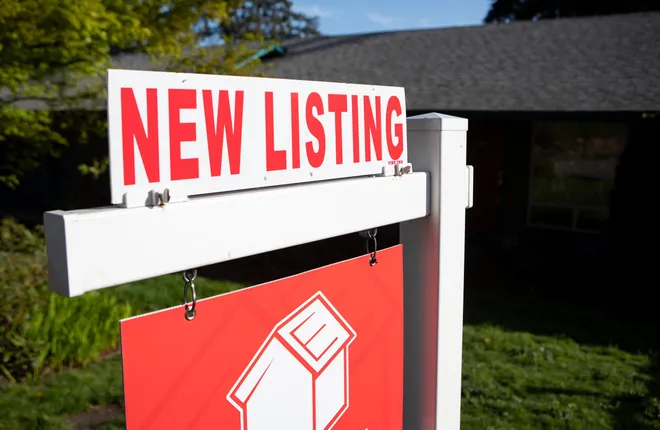
Home equity has driven up household wealth
Home equity has driven record growth in American household wealth. Between 2019 and 2022, the median net worth of U.S. households rose 37% to $192,900, after inflation, the largest rise ever recorded by the federal Survey of Consumer Finances.
Most homeowners count their residence as their primary asset. The typical American home was worth $323,000 in 2022, up from $261,000 in 2019, the federal survey shows.
“Homeownership is the primary means of wealth creation in the United States,” said Mark Hamrick, senior economic analyst at Bankrate, the personal finance site.
But surging home equity has a downside. Ask anyone shopping for a home.
“If you ask a homeowner, they would say this is fantastic news,” said Tobias Peter, co-director of the American Enterprise Institute’s Housing Center. “But ask any aspiring homeowner, and they will probably tell you the opposite.”
The median sale price for existing homes rose more than 40% from early 2020 to mid-2022, according to the National Association of Realtors.
The median home price sits at $438,441, as of May, nearly 5% higher than a year ago, according to Redfin. The average interest rate for a 30-year fixed mortgage is 7.3%, twice the rate at the start of 2022.
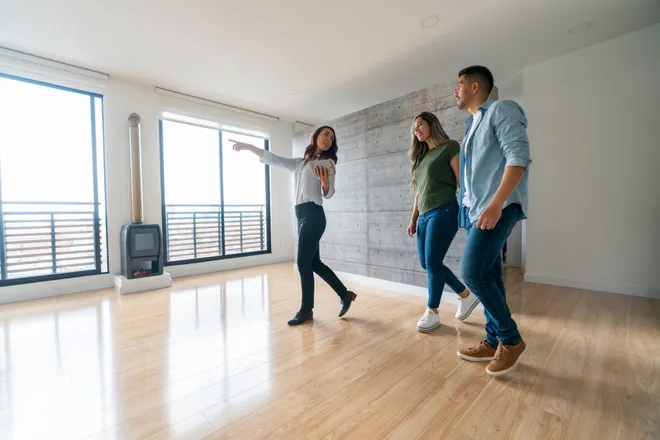
For first-time buyers, 'the ladder has been kicked away'
For first-time homebuyers, “it’s almost as if the ladder has been kicked away,” said Kyle Moore, an economist with the Economic Policy Institute.
In effect, non-homeowners feel shut out of America’s most potent wealth-creation vehicle.
“We know the typical homeowner has 40 times the wealth of a renter in this country,” $400,000 versus $10,000, Lautz said.
Meanwhile, the new reality of higher mortgage rates puts many homeowners in a bind.
Realtors call it the “lock-in effect:” Most American homeowners have mortgage rates below 4%. Selling or refinancing would mean taking on a new loan at today’s rates.
“Your payment, even if you downsize, may be going up,” said Jackie Frommer, chief operating officer at Figure Technology Solutions, a home equity lender. “People can’t afford to move, because they can’t afford to give up that mortgage.”
Back when mortgage rates ranged below 5%, homeowners would refinance, sometimes repeatedly, and “cash out” equity to pay for home improvements, college costs and anything else they could not cover with savings.
That market has evaporated. Cash-out refinances dwindled from 730,000 loans in the fourth quarter of 2021 to 44,000 in the first quarter of 2023, according to federal data.
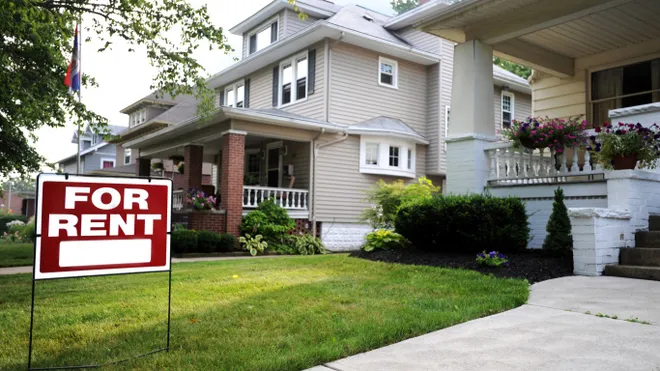
Homeowners have fewer ways to tap their equity
That leaves homeowners fewer ways to access their wealth.
Home equity “is illiquid. It’s as simple as that,” Hamrick said.
With millions of homeowners locked into low rates and unwilling to sell, the inventory of homes for sale shrank to historic lows. It is slowly recovering.
“That’s actually kind of a big worry in the market now,” said Selma Hepp, chief economist at CoreLogic, the information services firm.
People have been staying in their homes longer. “That trend has already been going up,” Hepp said. “Now, does it even extend further, and what does that mean for markets that are super-expensive, like coastal markets?”
Locked-in homeowners may not be able to sell, experts say, but they do have options to access their equity. Here are a few tips:
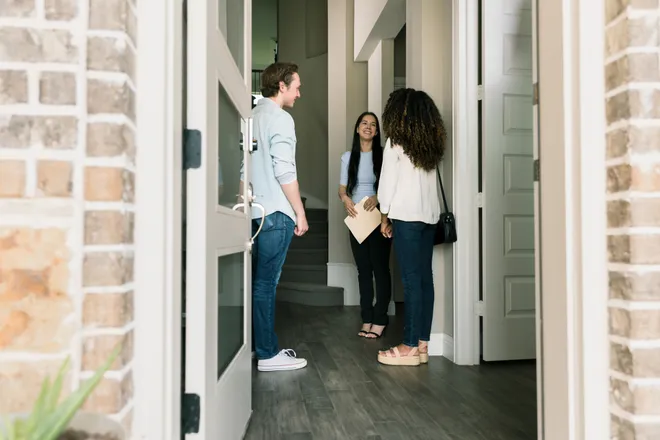
Avoid a cash-out refinance
There’s a reason why the cash-out refi market has dried up. The difference between a 3% and 7% mortgage rate is roughly an additional $1,000 on a monthly payment for a typical home, according to the National Association of Home Builders.
“It’s actually a terrible investment,” Peter said. “It’s much better to take on a second mortgage,” leaving the first one in place.
Consider a home equity loan
With refinances dwindling, home equity loans and lines of credit now dominate the home equity lending industry, according to a report from Figure Technology Solutions.
Home equity loans and credit lines allow a mortgage holder to take out a second loan against equity.
Traditionally, a standard home equity loan delivers a lump sum at a fixed rate, with monthly payments for a set number of years. A home equity line of credit (HELOC) works more like a credit card, allowing the owner to draw money as needed. Some HELOC lenders prefer to deliver the full sum upfront.
As of July 10, the average home equity loan rate is 8.6%, according to Bankrate, while the average HELOC rate is 9.2%.
Homes are selling below list price.That's bad for sellers, good for buyers
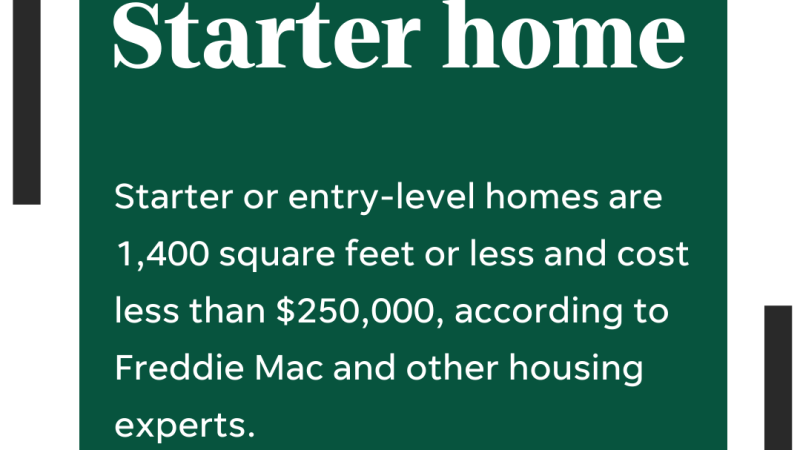
Open a savings account
Home finance experts caution homeowners against borrowing too much of their equity. A home equity loan is another monthly payment on top of any existing mortgage, insurance, property taxes and maintenance, and most of those costs are rising.
Potential borrowers “should look at not just the interest rate but the payment,” Frommer said, “and make sure they can afford whatever the payment is.”
If you can afford a home equity loan, Peter said, make sure the funds are for “a capital investment,” such as returning to school, remodeling a home, or starting a business.
And remember, a second mortgage drains money from your home equity piggy bank.
“What you’re doing,” Hamrick said, “is taking an asset and turning it into a liability.”
Disclaimer: The copyright of this article belongs to the original author. Reposting this article is solely for the purpose of information dissemination and does not constitute any investment advice. If there is any infringement, please contact us immediately. We will make corrections or deletions as necessary. Thank you.







